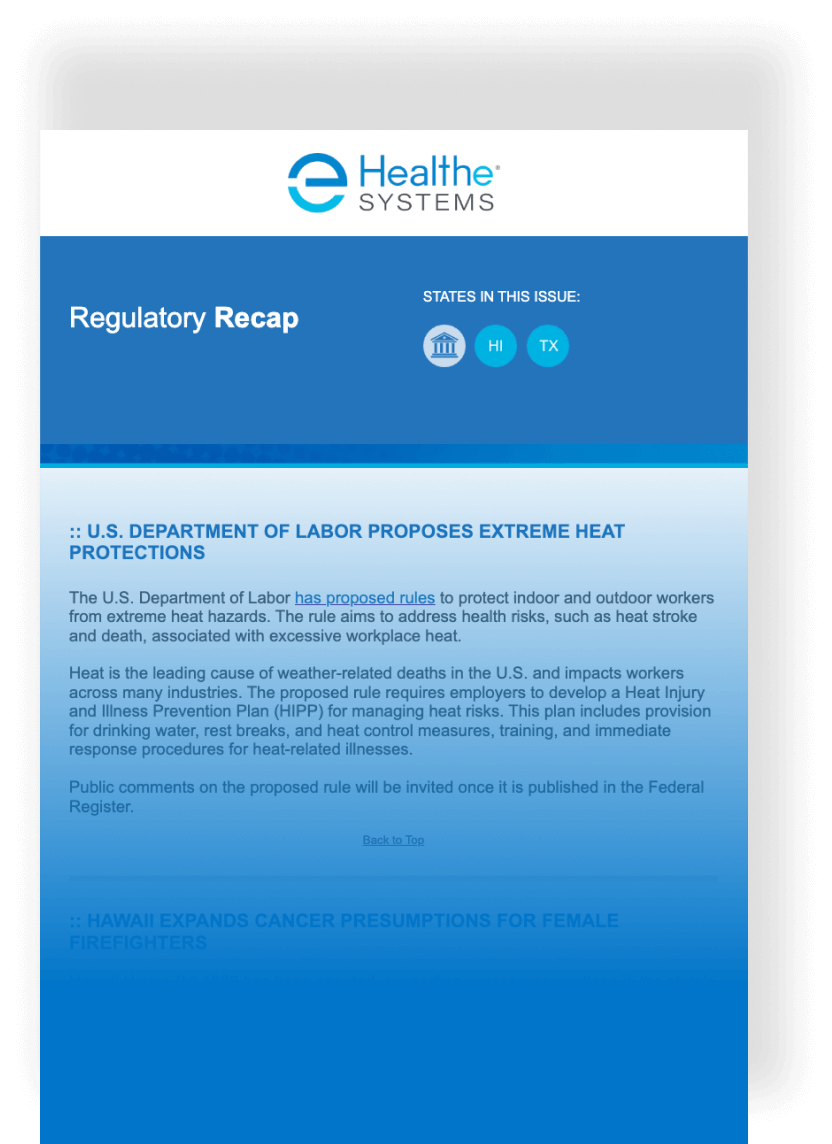The National Council on Compensation Insurance (NCCI) published a new report on Adverse Weather and Workers’ Compensation Claims, analyzing NCCI data from 35 states from 2001-2022 to examine the link between weather and claim frequency.
The report found that both hot and cold daily temperatures are associated with more workers’ comp claims than days with mild temperatures, with up to 10% higher claim frequency. Frequency impacts of heat increased with daily high temperature, while frequency impacts from cold are largest for temperatures around freezing.
Temperature can be especially impactful for certain injuries and jobs, with frequency effects of hot days largest in outdoor sectors, especially construction. Cold and wet days have many more slip and fall injuries, as well as motor vehicle accidents.
Frequency increases due to temperatures at the upper and lower end of the range are large and statistically significant throughout the sample period, but were slightly smaller in the 2010s and 2020s than in the 2000s.
Since the pandemic, injury frequency on very cold days is lower, perhaps due to an increase in hybrid and remote work
An increased number of hot days relative to each city’s own standards is likely to result in a similar-sized effect on workers’ comp claims in both warmer and cooler cities An increase in winter precipitation is likely to affect workers compensation claims primarily in colder cities, which have more days with temperatures near freezing







